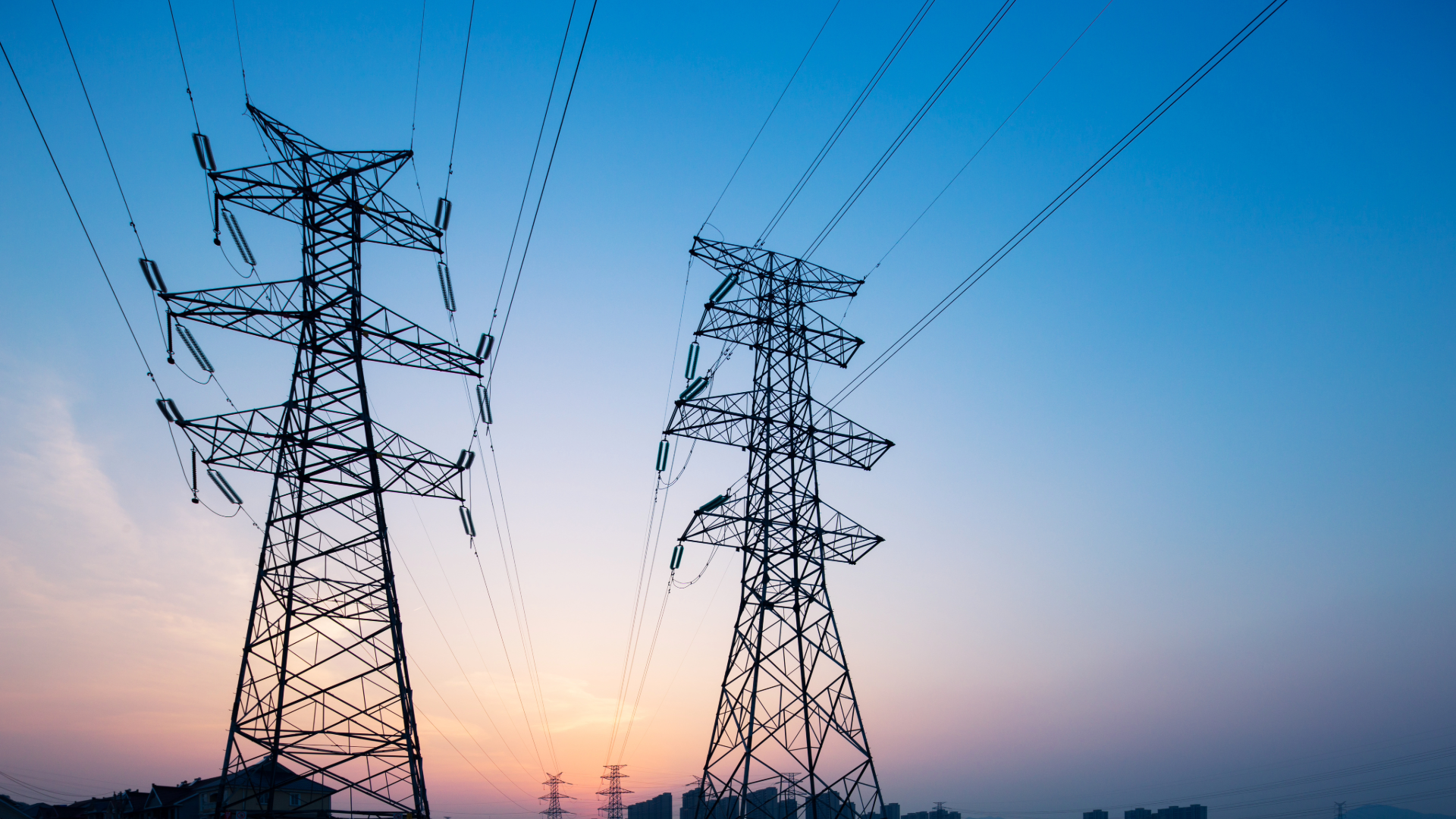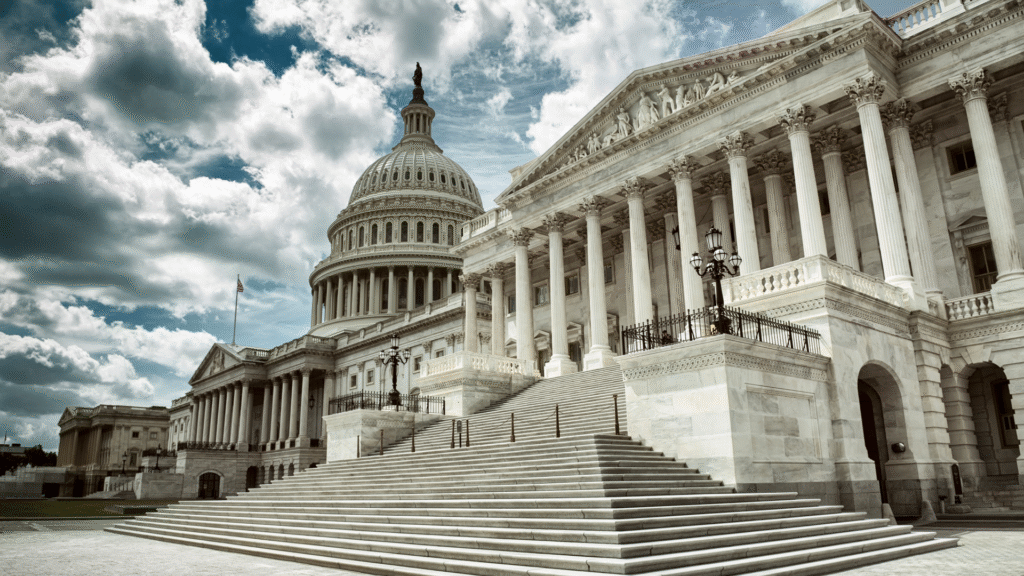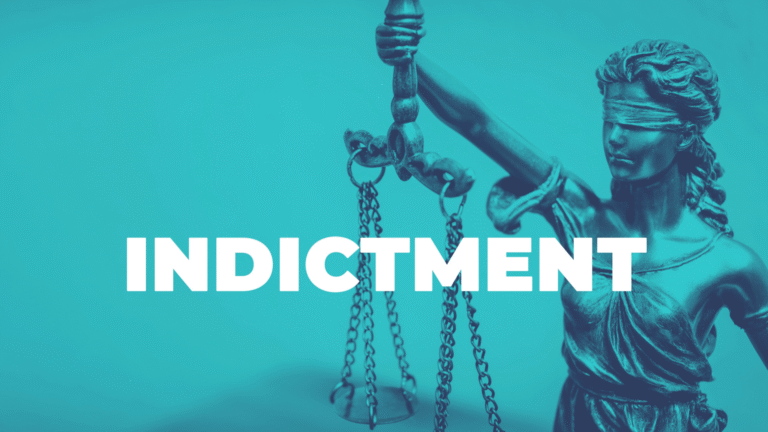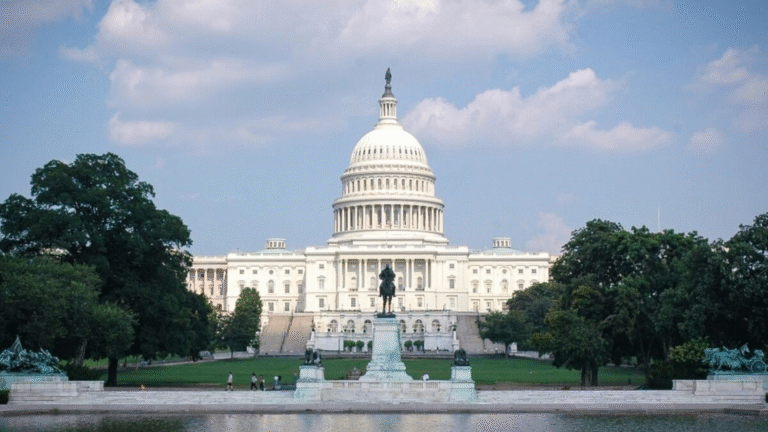Why Electricity and Gas Prices Are Rising — And Why New Jersey Is at the Center of It
How data-center growth, wholesale market spikes, aging infrastructure, and regulatory shifts are driving New Jersey’s soaring utility costs
Electricity and natural gas bills are climbing sharply across the United States, but the surge is especially pronounced in New Jersey. Families are seeing double-digit increases, utilities are warning of more to come, and lawmakers are demanding answers. To understand why this is happening, it’s necessary to look beyond any single explanation and examine the complex interaction of wholesale energy markets, regional supply constraints, data-center growth, infrastructure costs, environmental pressures, and state-level regulation.
Rising energy costs in New Jersey are not the result of one policy, fuel, or industry. Instead, they reflect a larger shift in how the Northeast gets its electricity, who is demanding it, and what it now takes to maintain a grid built for milder weather and lower consumption. The full picture is complicated—but it is also essential to understanding what households, businesses, and policymakers are facing in the years ahead.
Wholesale Energy Prices Have Spiked Across the Region
For New Jersey, the story begins with the wholesale electricity market that serves the state. New Jersey is part of PJM Interconnection, a 13-state grid that runs the largest wholesale power market in the country. Each year, PJM holds what is known as a capacity auction, which determines how much generators are paid to be available during peak demand.
In the most recent auction, prices jumped roughly 22%, reaching about $329 per megawatt-day, according to Reuters. Analysts estimate that, unless supply grows significantly, this auction alone could translate into 30–60% higher retail electric bills by 2030 across the Mid-Atlantic. Utilities in New Jersey have already notified regulators and customers that bills will rise 17–20% beginning in June 2025, aligning directly with the new wholesale costs.
These auctions matter enormously: when wholesale prices rise, retail rates almost always follow. And in New Jersey—where utilities must purchase most of their electricity from the PJM market—the impact is especially direct.

Demand Is Surging, Especially From Data Centers and AI
Wholesale markets are reacting to something real: a large and rapid increase in demand, led by energy-intensive industries such as cloud computing, big-tech campuses, and AI data centers.
In the PJM region, Reuters reports that more than 90% of new projected load through the end of the decade comes from data centers alone. This demand spike is most severe in the mid-Atlantic corridor, where major technology firms are building or planning high-capacity computing facilities.
Data centers consume vast amounts of electricity—not only to run servers but also to cool them. As New Jersey’s neighbors, like Pennsylvania, Maryland, and Virginia, approve more of these projects, the entire regional grid feels the strain. The Associated Press found that data centers were a major contributor to escalating wholesale costs in the mid-Atlantic, and this is now spilling over into household bills.
New Jersey itself is actively courting high-tech industries, including large computing clusters that support fintech, pharmaceutical research, and cloud-storage operations. Even when these facilities are located in neighboring states, the shared PJM grid means New Jersey consumers help shoulder the cost of supplying the additional power.

Supply Is Not Keeping Up — And Aging Power Plants Are Closing
While demand accelerates, the supply of reliable, around-the-clock power has become tighter.
Over the last decade, New Jersey and the surrounding region have seen many older natural-gas, oil, and coal plants retire, often for environmental or economic reasons. But far fewer new plants—renewable or fossil fuel—have come online to replace them. New Jersey’s transition to cleaner energy sources depends heavily on offshore wind and large-scale solar, but both have faced delays, financing challenges, and lengthy permitting processes.
As a result, power is less abundant during peak hours than it used to be. A tighter supply means wholesale prices can rise sharply, particularly during PJM’s annual auctions.
State lawmakers have raised alarms over “resource adequacy,” noting that New Jersey is losing generation faster than it can replace it, leaving the state dependent on imported power from neighboring markets. That imported power is often more expensive, especially during heat waves and extreme weather events when all states are drawing heavily from the grid.
Fuel Costs and Natural Gas Pressures Are Raising Prices
Electricity prices are tied closely to natural gas, which remains the dominant fuel for U.S. power generation.
Natural gas prices have been more volatile in recent years due to:
- growing export demand
- pipeline constraints in the Northeast
- global disruptions following geopolitical conflicts
- higher consumption during extreme weather
Reuters reports that natural gas price increases have been a key factor pushing electricity generation costs higher nationwide. In New Jersey, multiple gas utilities have applied for or received approval for rate hikes, directly affecting household heating costs and indirectly affecting electric bills, since gas-fired plants set market prices for electricity.
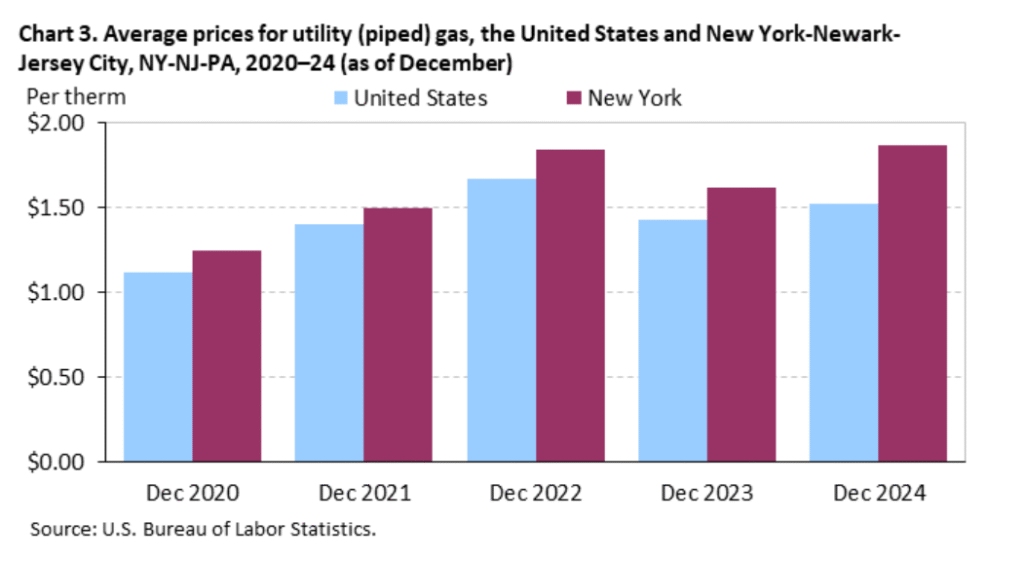
Infrastructure Upgrades Are Costly — and Necessary
A major portion of rising energy bills reflects something customers rarely see: the cost of maintaining, modernizing, and expanding the grid itself.
Across the U.S., utilities are investing heavily in:
- replacing aging transmission and distribution lines
- upgrading substations
- installing resiliency equipment to withstand storms
- cybersecurity systems
- technologies to manage growing demand
These upgrades are unavoidable. Much of New Jersey’s infrastructure was not built to handle the dual pressures of climate-driven extreme weather and data-center-driven load growth. When utilities invest billions to modernize their systems, state regulators allow them to recover those costs through customers’ monthly bills.
Nationally, Reuters notes that grid-upgrade spending is one of the largest contributors to rising electricity prices in 2025, outpacing general inflation.
Environmental Goals Add Upfront Costs (But Not the Spike Many Claim)
Some political leaders have blamed renewable energy mandates for recent price increases. However, reporting from AP News, The New York Times, and NPR all converge on a more nuanced reality.
While clean-energy transitions do involve upfront costs—such as building offshore wind, integrating solar, or closing old fossil-fuel plants—nonpartisan experts emphasize that renewables are not the primary driver of recent spikes. Instead, the biggest forces today are:
- wholesale capacity auction prices
- rising demand from data centers
- natural gas volatility
- transmission and grid-upgrade costs
Environmental investments do contribute to long-term expenditure, but they are not responsible for the dramatic short-term increase New Jersey residents are experiencing now. Over the long run, clean energy may help stabilize or reduce prices, but getting there requires significant early spending.
New Jersey’s Regulatory Structure Exposes Consumers to These Pressures
New Jersey’s utility system was partially deregulated in the late 1990s through the Electric Discount and Energy Competition Act, which separated electricity generation from transmission and delivery. Utilities must purchase electricity on the wholesale market rather than generating it themselves.
This structure means:
- New Jersey customers feel PJM price increases more directly.
- Utilities cannot rely on in-house power plants to buffer market swings, unlike in fully regulated states.
- Cost spikes in capacity auctions immediately flow into retail rates.
As wholesale costs rise sharply, New Jersey’s regulatory model leaves little room for price insulation.
State lawmakers are currently debating a bill that would allow utilities to re-enter the generation market. Supporters say this could stabilize prices; critics warn it could entrench high-cost assets and reduce competition. Either way, it reflects how seriously policymakers view the current price crisis.
Lawmakers Are Moving to Curb Price Increases — but Reforms Will Take Time
In response to consumer anger, the New Jersey Legislature has launched hearings, investigations, and new oversight legislation. Lawmakers have passed bills requiring:
- greater transparency from PJM
- clearer explanations for rate increases
- more detailed cost-allocation reporting
- accountability for utilities seeking rate hikes
Some legislators also want to require large-demand facilities—especially data centers—to pay a larger share of the infrastructure costs they drive.
These proposals show growing recognition that residential customers cannot bear the bulk of cost increases caused by regional market forces and high-load commercial operations.
The Bottom Line: Rising Bills Are the Result of Multiple Converging Forces
No single factor explains the sharp rise in New Jersey’s electricity and gas prices. Instead, the increases reflect a larger transformation happening across the entire energy system:
- Wholesale capacity auction prices have surged.
- Data centers and AI workloads are driving massive new demand.
- Generation supply is not keeping pace with retirements.
- Natural gas volatility continues to raise costs.
- Utilities are investing heavily in grid upgrades.
- Environmental goals require long-term capital investments.
- New Jersey’s market structure amplifies wholesale price swings.
Each of these forces adds a piece to the puzzle. Together, they create the steep, often confusing increases now appearing in household bills.
What New Jerseyans Can Expect Going Forward
Analysts from Reuters, AP News, NJ Spotlight News, and The Washington Post all warn that unless supply grows significantly or new cost-allocation policies are introduced, the PJM region may see persistent, possibly steep price increases for the rest of the decade.
The key questions shaping the future include:
- Will new renewable projects and conventional generators come online fast enough?
- Will data-center demand continue accelerating?
- Will New Jersey change how it regulates or structures utility markets?
- Will federal policy adjust how grid costs are allocated?
- Can infrastructure investment keep pace with climate-driven stresses?
The answers will determine whether today’s increases level out—or become a new normal.
New Jersey Energy Facts — FAQ
What fuels most of New Jersey’s electricity?
More than 90% of New Jersey’s electricity generation has come from natural gas and nuclear power every year since 2011.
How much of New Jersey’s power comes from natural gas and nuclear?
In 2023, natural gas provided 49% of the state’s electricity, while nuclear power supplied 42%.
Does New Jersey use renewable energy for electricity?
Yes. In 2023, solar power made up 7% of all in-state electricity generation, making it the state’s largest renewable source.
How do most New Jersey households heat their homes?
About 72% of households use natural gas as their primary heating fuel. Roughly 17% use electricity.
How large is New Jersey’s population?
New Jersey had a population of about 9.5 million in 2024, accounting for 2.8% of the U.S. population.
Are natural gas prices high in New Jersey?
As of August 2025, New Jersey households paid $18.78 per thousand cubic feet for natural gas—lower than the national average of $26.88.
Are electricity prices high in New Jersey?
Yes. Residential electricity prices were 24.96 cents per kWh in August 2025, significantly above the national average of 17.62 cents per kWh.
How much electric power capacity does New Jersey have?
New Jersey’s electric power industry had 16,651 megawatts of net summer capacity in August 2025, representing about 1.3% of total U.S. capacity.
How much energy does New Jersey consume overall?
In 2023, New Jersey consumed 1,982 trillion Btu of energy, making it the 15th-highest state in total energy use.
What industries use the most energy in New Jersey?
The industrial sector accounted for just 13% of New Jersey’s energy consumption—relatively low, reflecting the state’s strong service-based economy and high energy efficiency per dollar of GDP.

